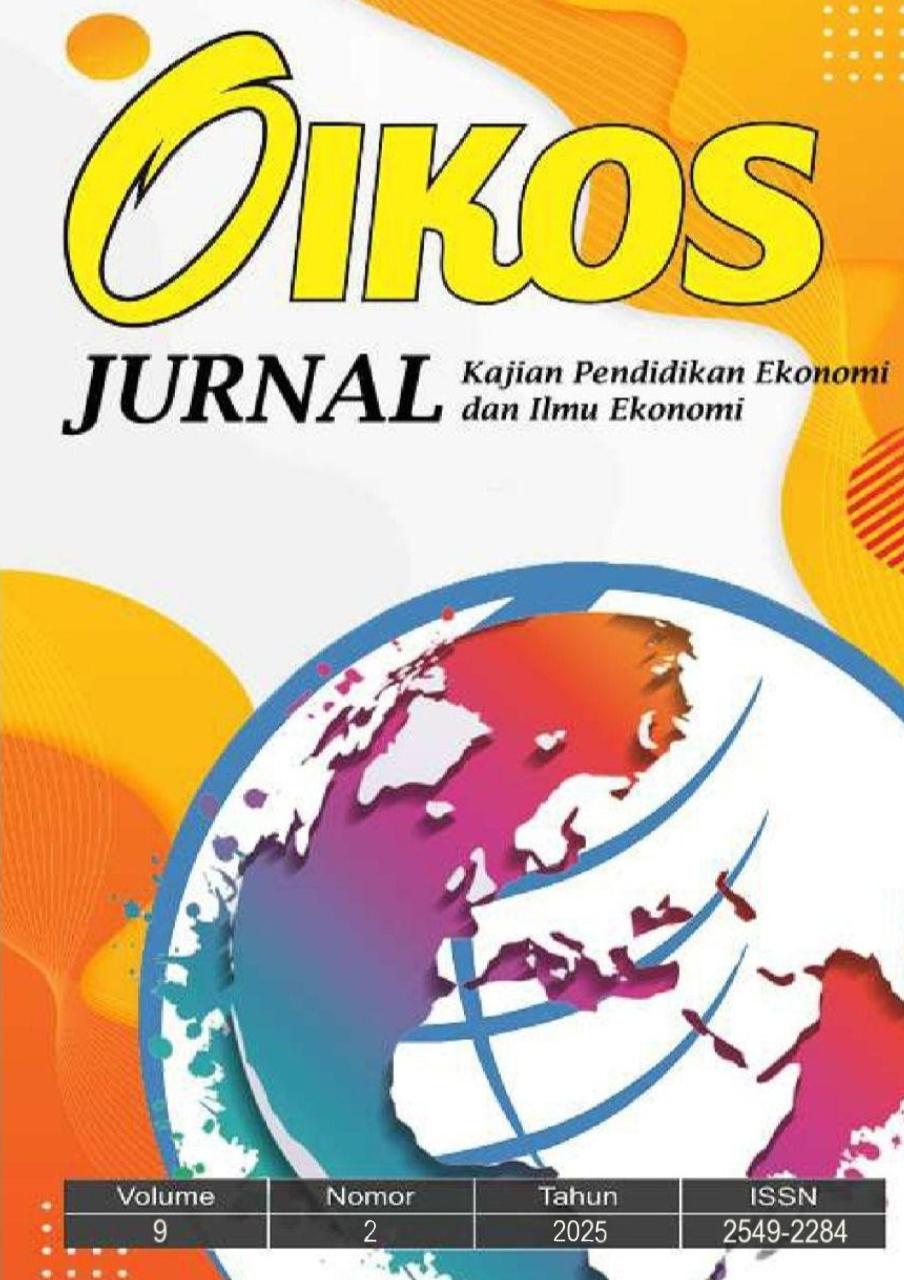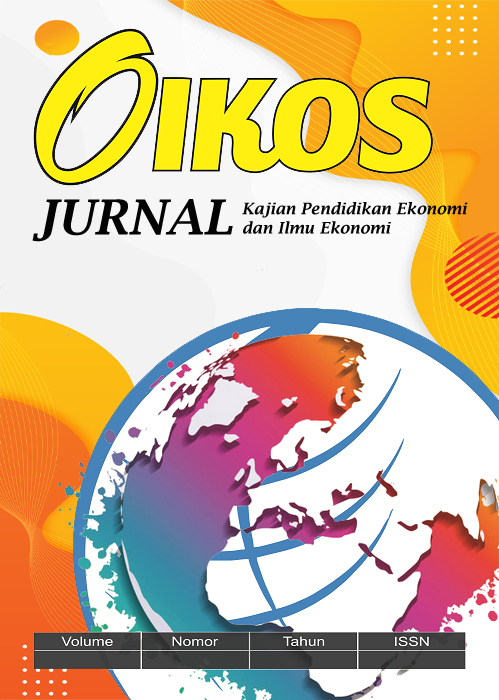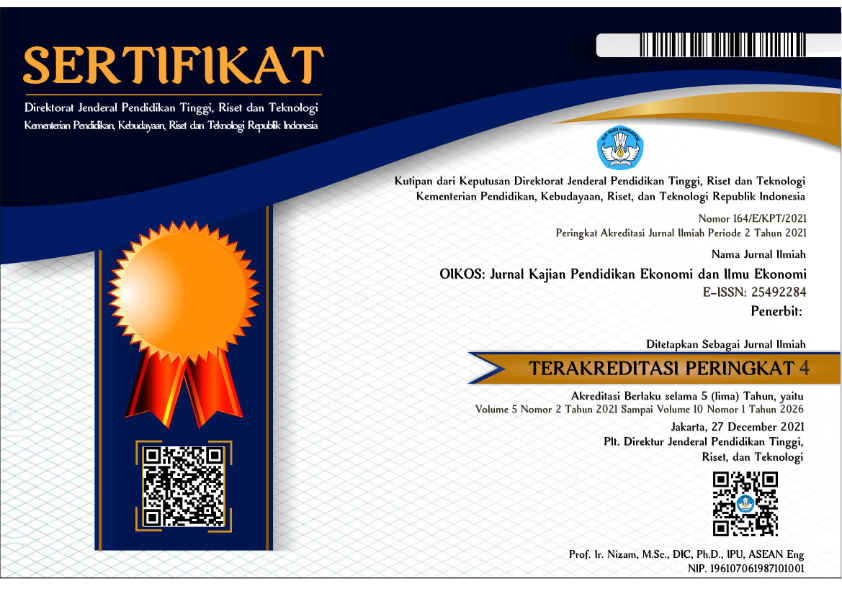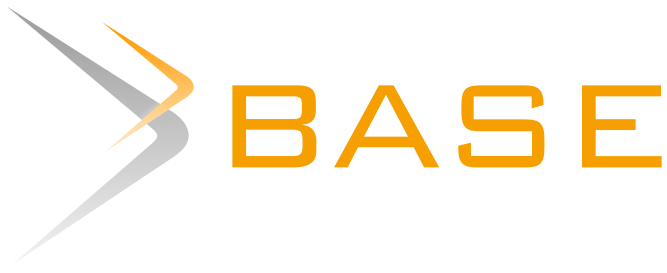THE INFLUENCE OF EMPLOYER BRAND ATTRACTIVENESS ON INTENTION TO APPLY AT PT EIGERINDO MPI WHICH IS MEDIATED BY ORGANIZATION'S REPUTATION IN GENERATION Z
Keywords:
Employer Brand Attractiveness, Intention To Apply, Organizational ReputationAbstract
As time goes by and the level of competition becomes tighter, organizational resources must increasingly develop, including employees as human resources in the organization. To meet the need for quality human resources, companies must try to attract the interest of many job applicants. Currently, several large companies in Indonesia have implemented employer brand attractiveness, one of which is PT. EIGERINDO MPI, however, since the implementation of employer brand attractiveness at PT EIGERINDO MPI, no research has been conducted regarding its impact on intention to apply, so the aim of this research is to determine the effect of employer brand attractiveness on intention to apply which is mediated by good organizational reputation at PT. EIGERINDO MPI partially or simultaneously. The method in this research uses quantitative methods with data analysis, namely multiple regression analysis and assisted using SPSS 26.0. The data collection technique in this research was through distributing questionnaires to a total of 50 Generation Z applicants at PT EIGERINDO MPI. The results of this research show that (1) employer brand attractiveness has a positive effect on employee intention to apply, (2) organizational reputation can mediate the influence of employer brand attractiveness on employee intention to apply, and (3) employer brand attractiveness has an effect on intention to apply in PT. EIGERINDO MPI mediated by organizational reputation in Generation Z.
Downloads
References
BUKU
Agung, P., & Yuesti, D. A (2017). Metodologi Penelitian Kuantitatif & Kualitatif.
AB.Yogyakarta: Alfabeta.
Babbie, Earl R. (2010). The Practice of Social Research, 12th Edition. Belmont: Wadsmorth
Caengage.
Barber, A.E (1998), Recruiting Employess, Individual and Organizational Perspectives,
Sage, Thousand Oaks, CA.
Duli, N. (2019). Metodologi Penelitian Kuantitatif: Beberapa Konsep Dasar Untuk Penulisan
Skripsi dan Analisis Data Dengan SPSS. Yogyakarta: Deepublisher.
Ghozali. (2018). Aplikasi Analisis Multivariate dengan program IBM SPSS 21. Universitas
Dipenogoro.
Gomes, & Cardoso, F. (2003). Manajemen Sumber Daya Manusia. Yogyakarta: Andi
Offset.
Mangkunegara. (2014). Manajemen Sumber Daya Manusia Perusahaan. PT.Remaja.
Bandung: RosdaKarya.
Mangkunegara. (2017). Manajemen Sumber Daya Manusia Perusahaan. Bandung: Rosda.
Rivai. (2008). Manajemen Sumber Daya Manusia Untuk Perusahaan:dari Teori dan Praktik.
Grafindo Persada.
Sedarmayanti. (2001). Sumber Daya Manusia dan Produktivitas Kerja. Mandar Maju
Sekaran, U., & Bougie, R. (2017). Metode Penelitian Untuk Bisnis (R. Bougie (ed.); 6th ed.).
Salemba Empat.
Sugiyono. (2017). Metode Penelitian Kuantitatif, Kualitatif dan R&D. Yogyakarta: Alfabeta.
JURNAL
Acarlar, G and Bilgic, R (2013). Factors influencing applicant willingness to apply for the
advertised job opening: the mediatinal role of credibility, satisfaction and attraction. The International Journal of Human Resource Management, 24 (1), 50-77
Ahmad, Faiz (2019). Impact of word-of-mouth, job attributes and relationship strength on
employer attractiveness. Management Research Review.
Awang, Z.H and Jusoff, K. (2009). The effects of corporate reputation on the
competitiveness of Malaysian telecommunication service providers. International
Journal of Business and Management, 4(5).
Cable, D.M and Graham, M. E (2000) The determinants of job seekers’ reputation
perceptions. Journal of Organizational Behaviour, 21 (8), 929-947.
Cable, D.M and Turban, D.B. (2001). Establishing the dimensions, sources and value of job seekers’ employer knowledge during recruitment. Research in Personnel and Human Resiurces Management. 115-163.
Fombrum, C.J., Gardberg, N and Sever, J.M. (2000). The Reputation Quotient: A
Multistakholdrt Measure of Corporate Reputation. The Journal of Brand Management, 7(4), 241-255.
Saini, G.K., Rai, P., & Chaudhary, M. K. (2013). What do best employer surveys reveal
about employer branding and intention to apply? Journal od Brand Management, 21 (2)
Santiago, J. (2019). The relationship between brand attractiveness and the intent to apply
for a jib: A milenials’ perspective. European Journal of Management and Business Economic, 28 (2), 142-157
Sivertzen, A.M., Nilsen, E. and Olafsen, A (2013). Employer branding: employer
attractiveness and the use of social media. Journal of Product & Brand Management, 22 (7), 474-483
Sumber Lain
Republik Indonesia (1999) Undang-Undang Nomor 20 Tahun 1999 Tentang Pengesahan
Ilo Convention No 138 Concerning Minimum Age For Admission To Employment
Good Stats (2023) “Sensus BPS: Saat Ini Indonesia Didominasi
Oleh Gen Z” https://data.goodstats.id/statistic/pierrerainer/senusbps-saat-ini-indonesia-didominasi-oleh-gen-z-n9kqv, retrieved October 23th, 2023.
Downloads
Published
Issue
Section
License
Copyright (c) 2025 OIKOS: Jurnal Kajian Pendidikan Ekonomi dan Ilmu Ekonomi

This work is licensed under a Creative Commons Attribution 4.0 International License.









